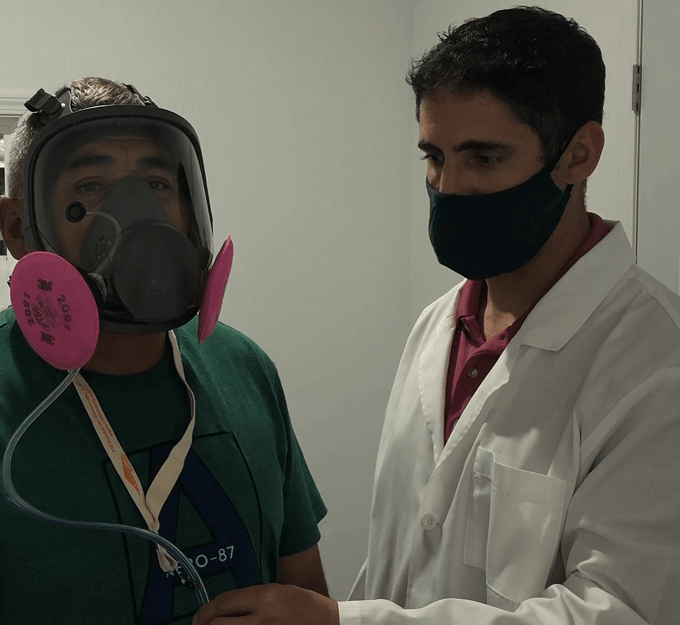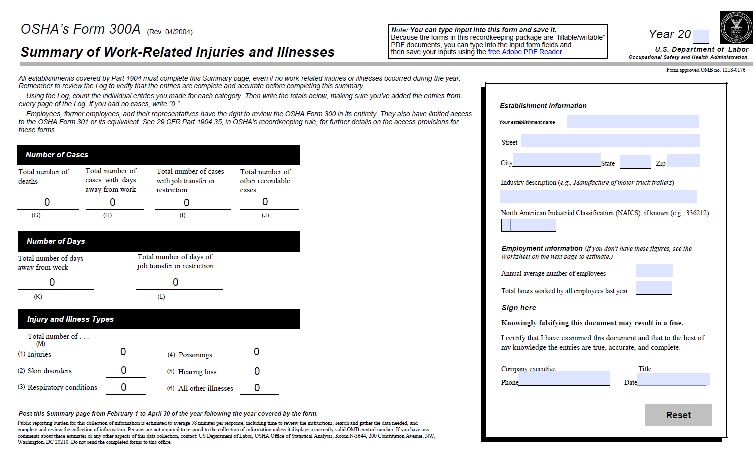Between July 2020 and May 2022, the U.S. Department of Labor (USDOL) recorded over $4 million in fines issued as a result of COVID-related business inspections. The majority of the citations and fines were issued to employers in the health care space namely hospitals, nursing homes and other health care service facilities. OSHA’s focus on the health care industry has been heightened since the USDOL implemented a National Emphasis Program (NEP) to ensure that employees in high-hazard industries or work tasks are protected from the hazard of contracting SARS-CoV-2. The top two OSHA violations under the NEP are (1) employee personal protective equipment (PPE), and (2) employer failure to record and report workplace exposures to COVID-19.
OSHA has recorded more than 1,800 violations for personal protective equipment (PPE) under OSHA standard 1910.134 since July 2020. Most relate to the mechanics of respiratory protection, respirator fit testing, employee medical evaluations, written respiratory protection program and employee respirator training.

- More than 400 citations were issued related to the Respirator Fit Test Standard 1910.134(f)(2) which states an employer shall ensure that an employee using a tight-fitting facepiece respirator is fit tested prior to initial use of the respirator, whenever a different respirator facepiece (size, style, model or make) is used, and at least annually thereafter. The OSHA COVID-19 NEP specifies that employers within the health care industry are required to provide employees with facemasks that properly fit over the nose and mouth and to ensure those masks are worn. A fit test will determine whether the respirator provides an adequate seal on the wearer’s face and as well as the potential for contaminant leakage into the facepiece through the face seal. A successful fit test qualifies an employee to use a specific brand/make/model and size of respirator that he or she wore during the test.
- Over 400 violations were issued related to the Respirator Fit Test Standard 1910.134(e)(1) which requires employees to pass a medical evaluation prior to undergoing a respirator fit test. The standard requires employers to provide a medical evaluation to determine the employee’s ability to use a respirator in the workplace. A medical evaluation will ask questions about an employee’s health, specifically with regard to difficulty breathing or other conditions that might be exacerbated by use of a respirator.
- Over 270 violations were issued related to Respirator Fit Test Standard 1910.134(c)(1) which requires employers to establish and implement a written respiratory protection program with worksite-specific procedures. A respiratory protection program must include procedures for selecting respirators for use in the workplace; medical evaluations of employees required to use respirators; fit testing procedures for tight-fitting respirators; procedures for proper use of respirators in routine and reasonably foreseeable emergency situations; procedures and schedules for cleaning, disinfecting, storing, inspecting, repairing, discarding, and otherwise maintaining respirators; procedures to ensure adequate air quality, quantity, and flow of breathing air for atmosphere-supplying respirators; training of employees in the respiratory hazards to which they are potentially exposed during routine and emergency situations; training of employees in the proper use of respirators, including putting on and removing them, and limitations on their use, and their maintenance; and procedures for regularly evaluating the effectiveness of the program. OSHA states a respiratory protection program should be updated as necessary to reflect changes in the workplace conditions that affect respirator use.
- Over 100 violations issued related to Respirator Fit Test Standard 1910.134(k)(1) which requires the employer to provide effective training and information to employees who are required to use respirators. The training must be comprehensive, understandable, and reoccur annually, and more often if necessary. Employers are required to ensure that each employee can demonstrate knowledge of why the respirator is necessary and how improper fit, usage, or maintenance can compromise the protective effect of the respirator; what the limitations and capabilities of the respirator are; how to use the respirator effectively in emergency situations, including situations in which the respirator malfunctions; how to inspect, put on and remove, use, and check the seals of the respirator; what the procedures are for maintenance and storage of the respirator; and how to recognize medical signs and symptoms that may limit or prevent the effective use of respirators.

Since July 2020, OSHA has recorded more than 300 citations to employers that failed to comply with standards under OSHA Part 1904, Recording and Reporting Occupational Injuries and Illnesses, including violations of OSHA’s recordkeeping requirements that mandate covered employers record certain work-related injuries and illnesses on their OSHA 300 log (1904.4(a)). COVID-19 can be a recordable illness if a worker is infected as a result of performing their work-related duties.
The Certified Industrial Hygienists, Health Scientists and Certified Safety Experts at RHP Risk Management employ their experience, knowledge and training to advise clients in the health care industry and beyond through the uncertainties and challenges that the COVID-19 pandemic has presented. RHP’s services provide roadmaps to navigate your business to compliance within OSHA’s COVID-19 National Emphasis Program (NEP), including Quantitative Fit Testing (QNFT) and Qualitative Fit Testing (QLFT) for employers looking to provide their employees the correct PPE and fit to protect them from respiratory hazards. RHP Risk Management works with health care facilities and clients to create and implement recordkeeping programs and comprehensive written respiratory protection programs that meets the requirements OSHA’s respiratory protection standard (29 C.F.R. § 1910 and 29 C.F.R. § 1926).
